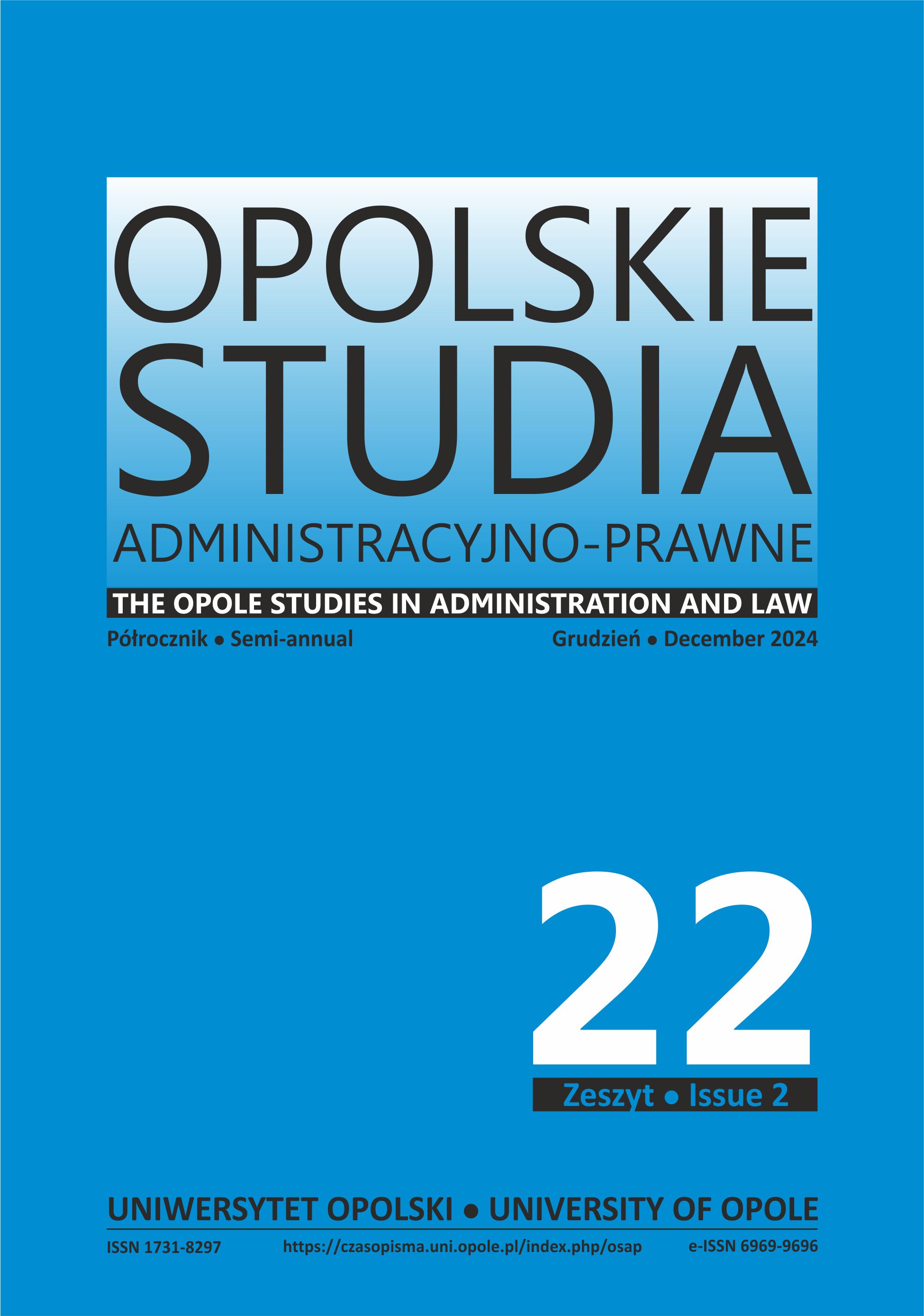The substantive right to environment and the procedural environmental rights under the Aarhus Convention – Part II
The substantive right to environment and the procedural environmental rights under the Aarhus Convention – Part II
Author(s): Jerzy JendrośkaSubject(s): Law, Constitution, Jurisprudence
Published by: Uniwersytet Opolski
Keywords: right to environment; Aarhus Convention; procedural environmental rights
Summary/Abstract: The current article provides Part II of the study presenting the mutual relations between substantive and procedural environmental rights against the background of the typology of the substantive rights to the environment and challenges encountered when designing the right to a healthy environment. While Part I was devoted to presenting the development of the respective legal provisions regarding substantive rights, including both human rights and Rights of Nature, the current Part II follows it by presenting the genesis and conceptual roots for the UNECE Aarhus Convention as an attempt to codify environmental procedural rights and foster participatory democracy in environmental matters. In this context a more detailed account is provided regarding the process of including a reference to a substantive right to environment in the Aarhus Convention and the final design of Article 1 addressing this issue. This is complemented with a brief overview of the scope and structure of the Convention and its links with Principle 10 of the Rio declaration as well as with some comments regarding the design of the Convention which is commonly considered to employ a “rights based approach”. The above analysis provides the basis for the remarks regarding the respective roles of the three types of legal schemes of access to justice as regulated by paragraphs 1, 2 and 3 of Article 9 of the Aarhus Convention in protecting environmental rights covered by the Convention and – more generally – in participatory democracy. In this respect the conclusions of the study runs counter many of the conventional views. First of all it shows that access to justice provisions under Article 9.1 cover only access to information rights under article 4, while possibility to enforce provisions of Article 5 (commonly considered as also providing rights to the public) is not very clear under the Convention. Secondly, access to justice provisions under Article 9.2 only in case of environmental organizations can be treated as a remedy regarding participation rights, while in case of natural persons it may be treated only as a remedy regarding their subjective rights to a “private” environment while their possibility to enforce provisions of Article 6 (providing procedural participation rights to the public) is not very clear under the Convention. Thirdly, Article 9.3 cannot be treated as a remedy in relation to a substantive right to a healthy environment referred to in article 1 of the Convention, and its role as a remedy regarding other procedural rights granted by the Convention is far from being clear as the Convention provides in this case quite a wide discretion to the Parties in establishing the criteria for standing. Finally, the results of the study underlines the need for interpreting Article 9.3 in light of the various conceptual roots of the Convention i.e. not only in relation to environmental rights but also in relation to its role in assuring the effectiveness of environmental protection and fostering participatory democracy and the rule of law.
Journal: Opolskie Studia Administracyjno-Prawne
- Issue Year: 22/2024
- Issue No: 2
- Page Range: 43-83
- Page Count: 42
- Language: English

